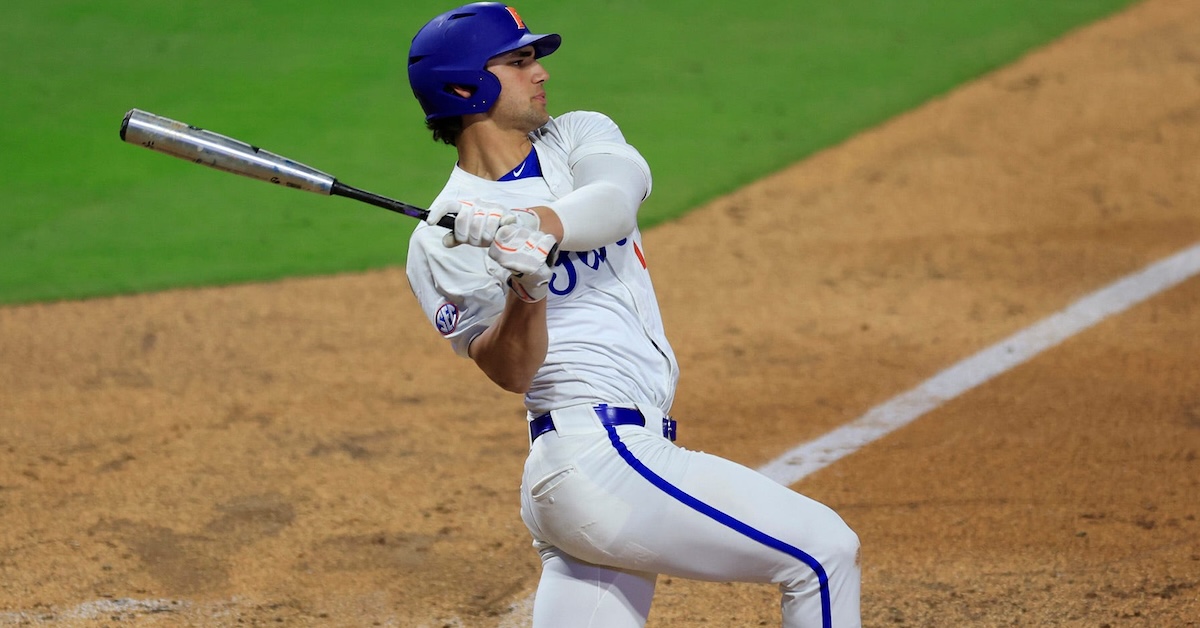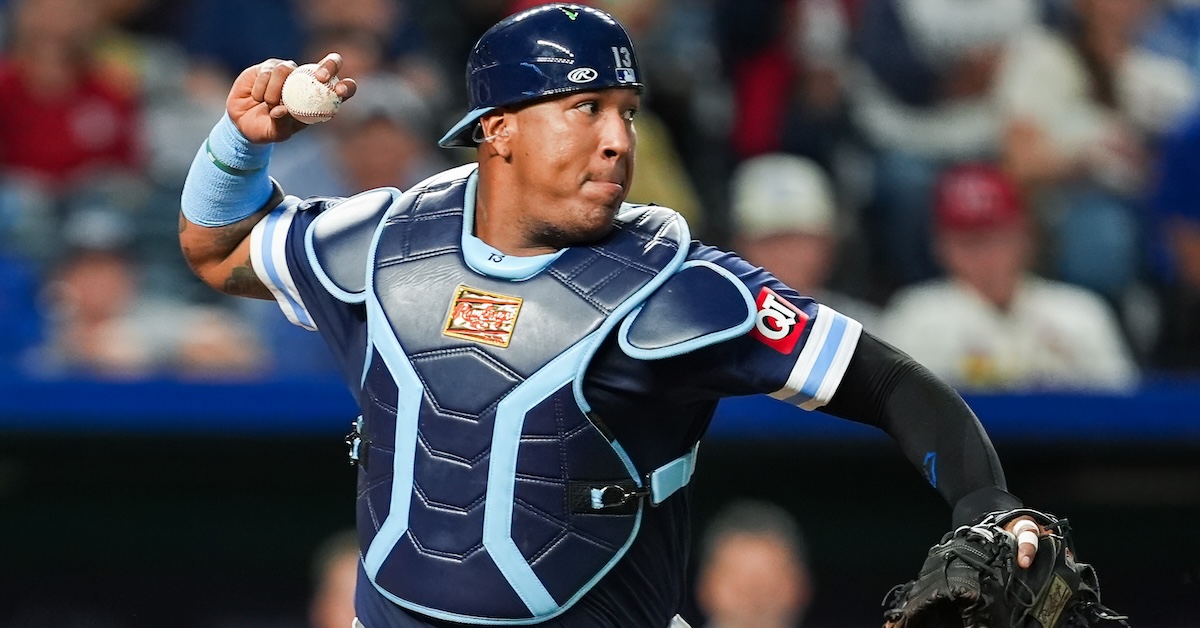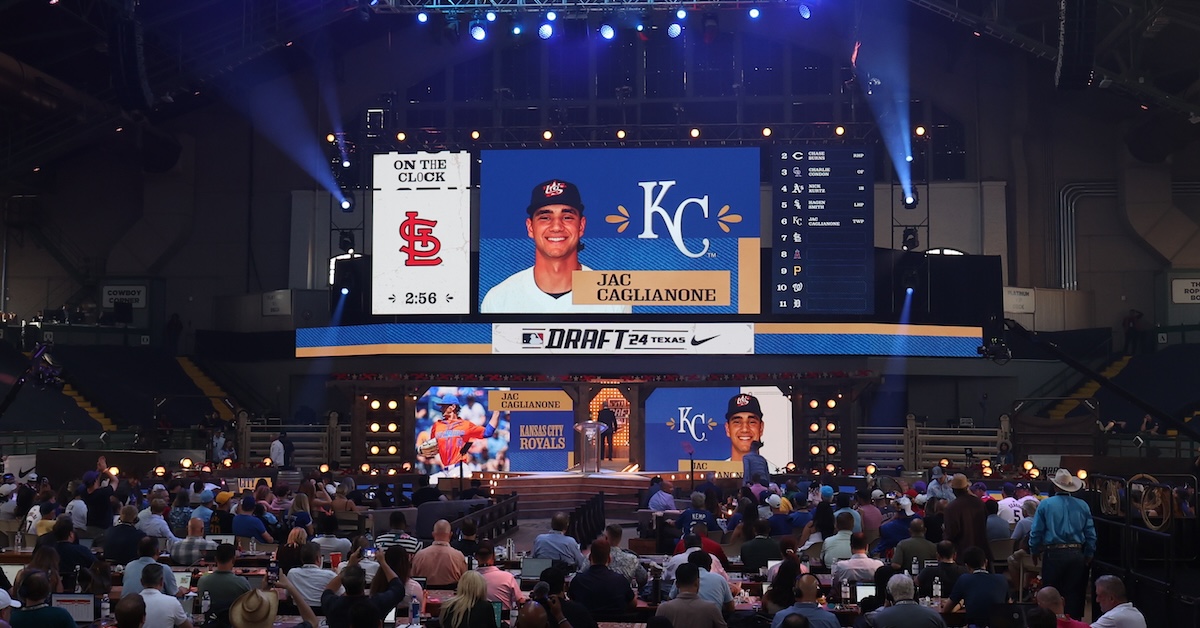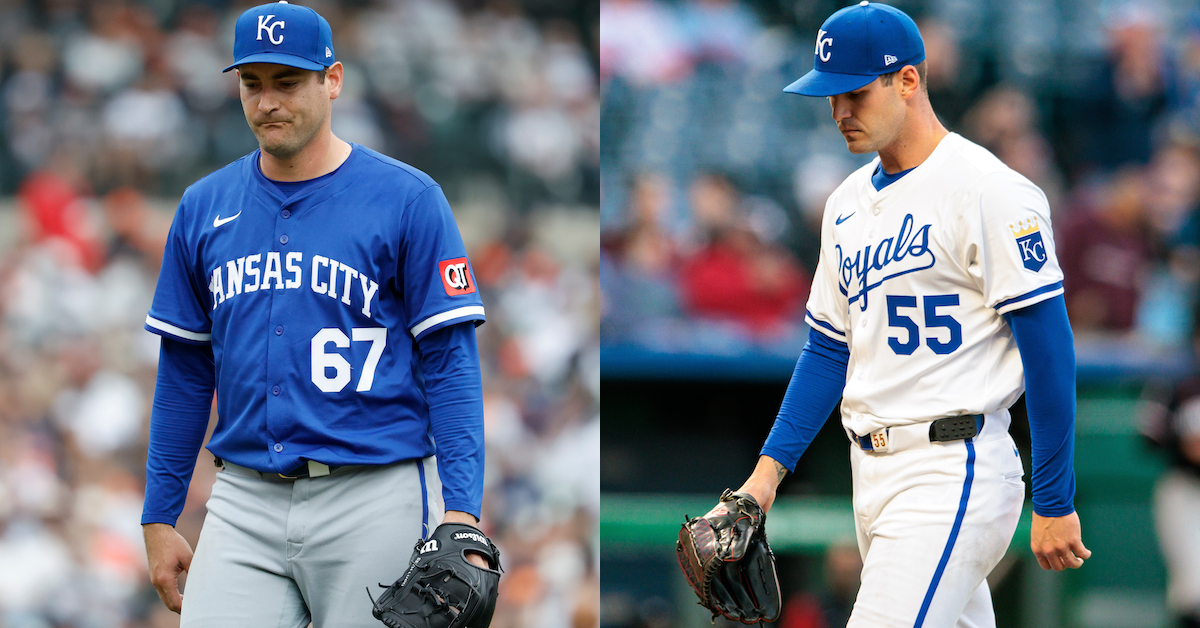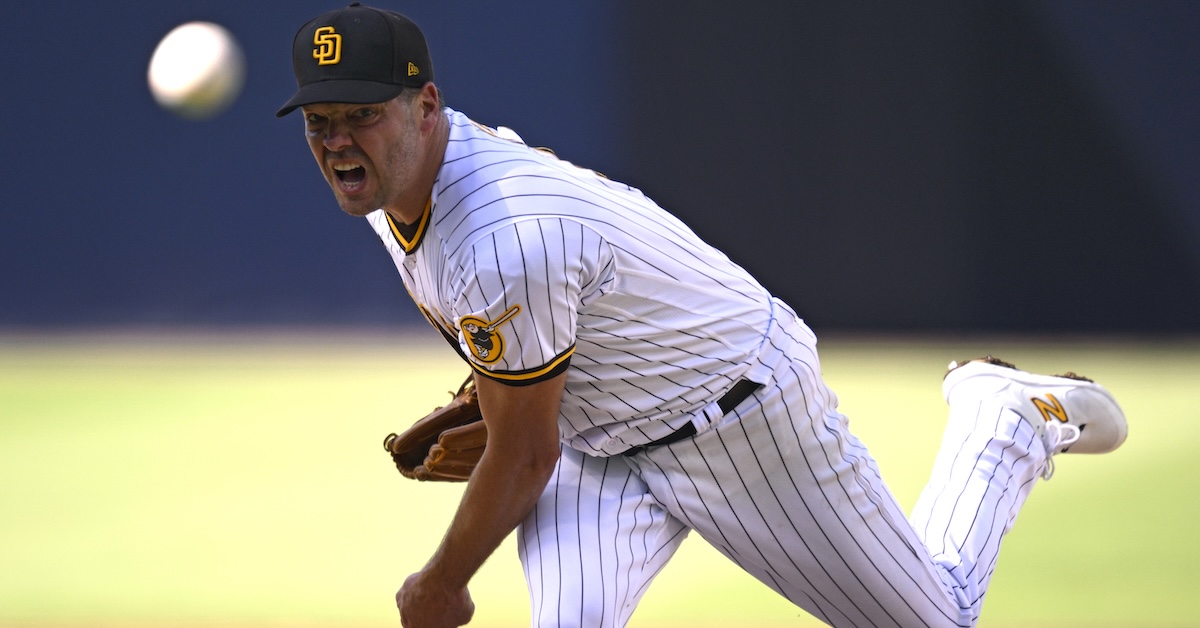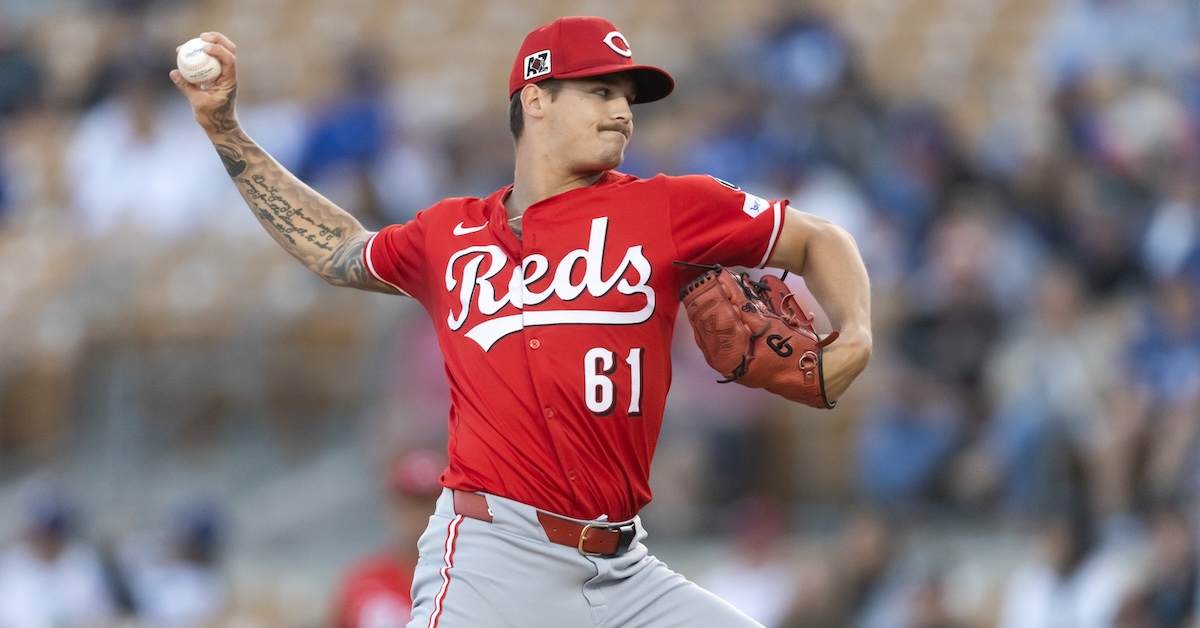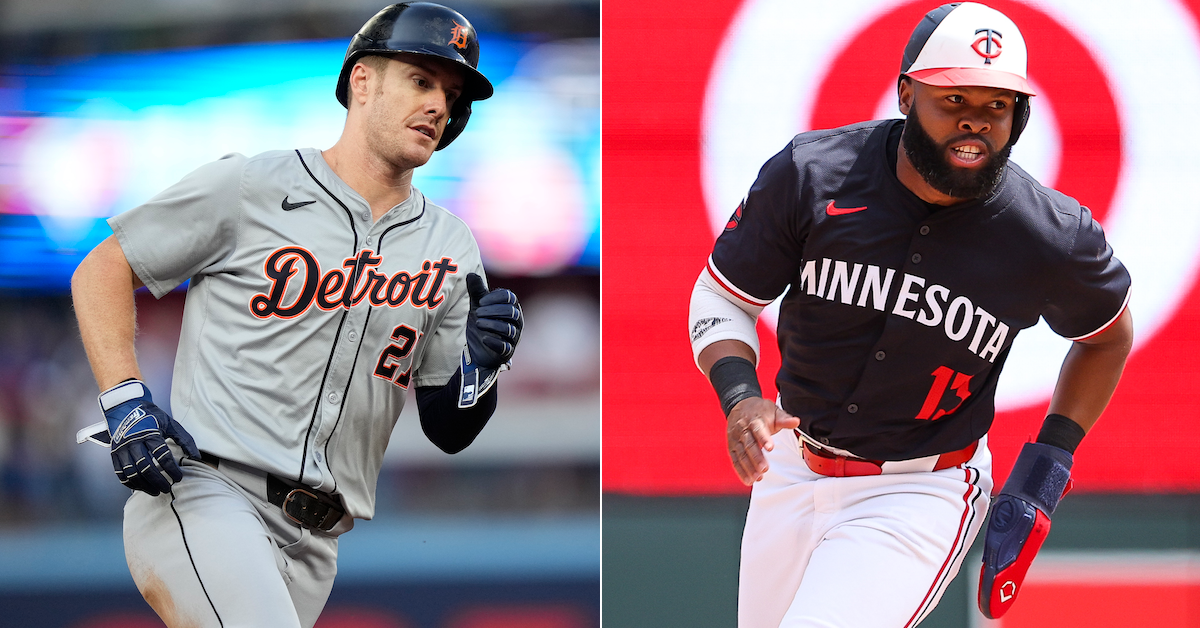The Royals Have Lost Cole Ragans for Awhile

The Royals’ rotation was a key reason last year’s team made the playoffs for the first time since 2015, with the one-two punch of Seth Lugo and Cole Ragans leading the way. It was the first full season in the majors for Ragans, whose five-pitch mix helped him dominate hitters en route to an AL All-Star selection and a fourth-place finish in the Cy Young voting. Unfortunately, his follow-up season hasn’t gone so smoothly, and after landing on the injured list with a groin strain in May, Ragans has now been diagnosed with a rotator cuff strain and figures to miss significant time.
A 2016 first-round pick who underwent two Tommy John surgeries before debuting for the Rangers in ’22, Ragans enjoyed a meteoric rise in ’23, after his average fastball velocity jumped from 92.1 mph to 96.5. Not until he was traded to the Royals in a June 30, 2023 deal centered around Aroldis Chapman did he finally stick in a rotation (he had a nine-start trial in 2022), but once he did, the results were revelatory. He posted a 2.64 ERA, 2.49 FIP, and a 31.1% strikeout rate in 12 starts totaling 71.2 innings post-trade; his 2.4 WAR ranked 12th in the majors from July 1 onward. On the strength of an impressive fastball-changeup combo accompanied by a knuckle curve, slider, and cutter, he solidified his spot among the majors’ top pitchers last year. He made 32 starts and finished second in the AL in FIP (2.99), strikeouts (223), strikeout rate (29.3%), and WAR (4.9); seventh in innings (186.1 innings); and eighth in ERA (3.14). Read the rest of this entry »

